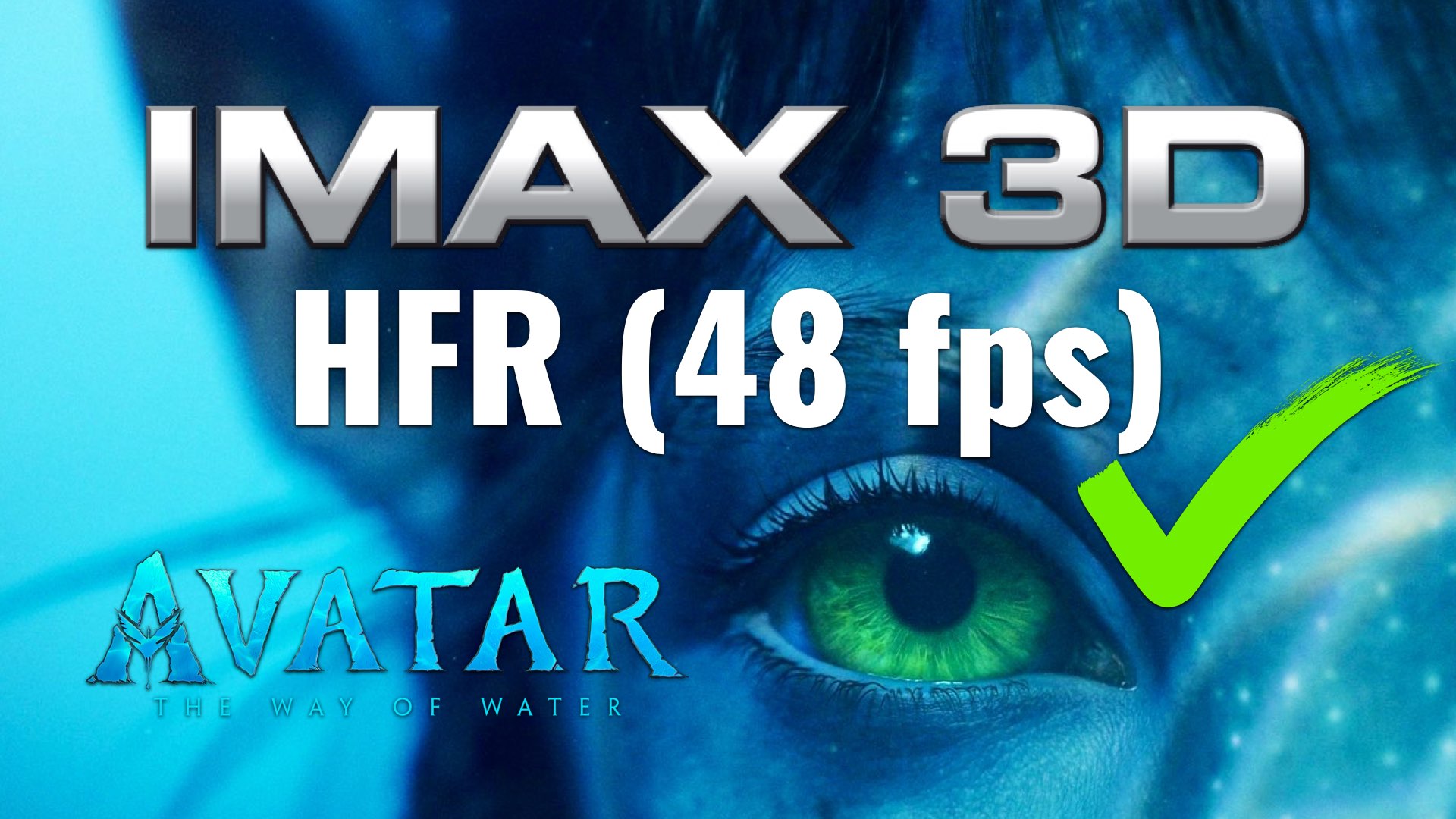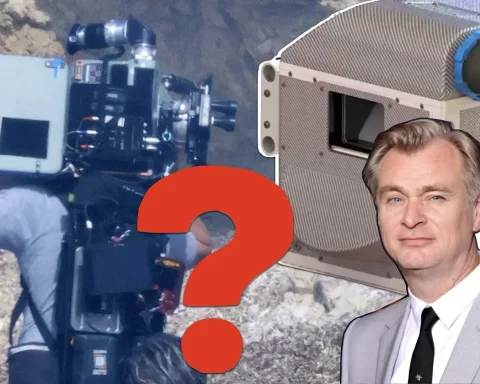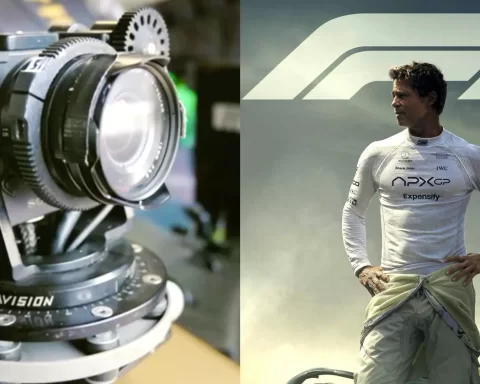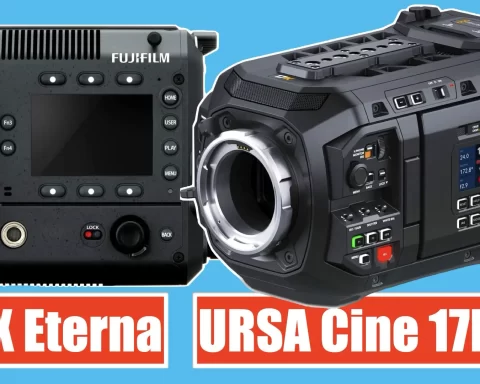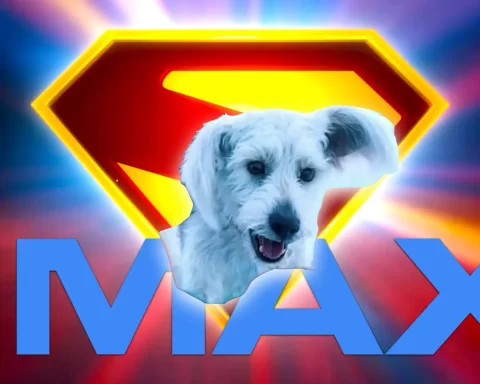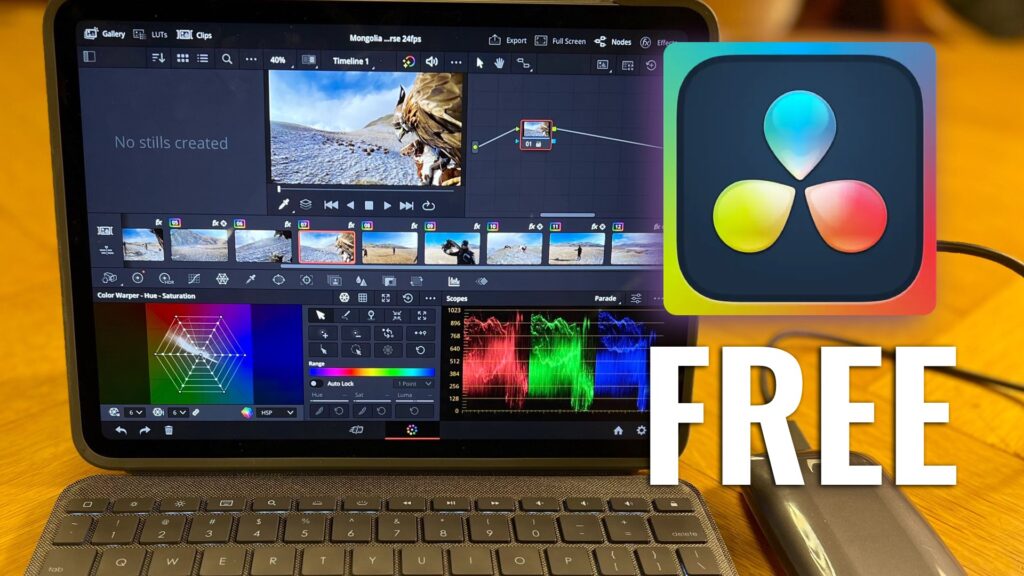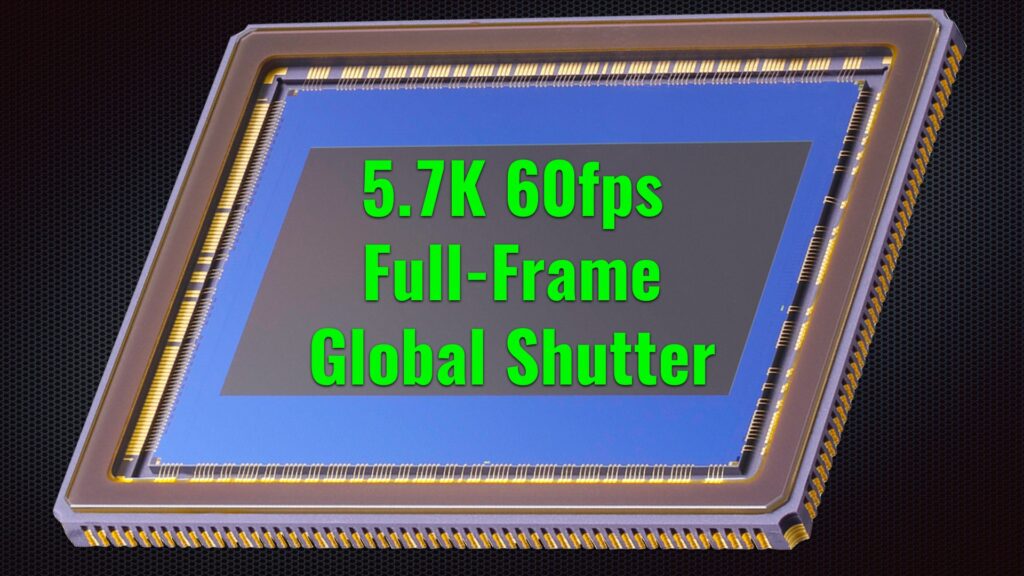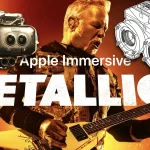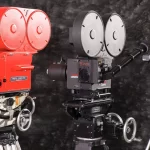So, we watched Cameron’s Avatar 2, and it was gorgeous. We chose to view it in an IMAX theater with an HFR (High Frame Rate) 3D format. Our conclusion: HFR reduces eye fatigue in 3D screening.
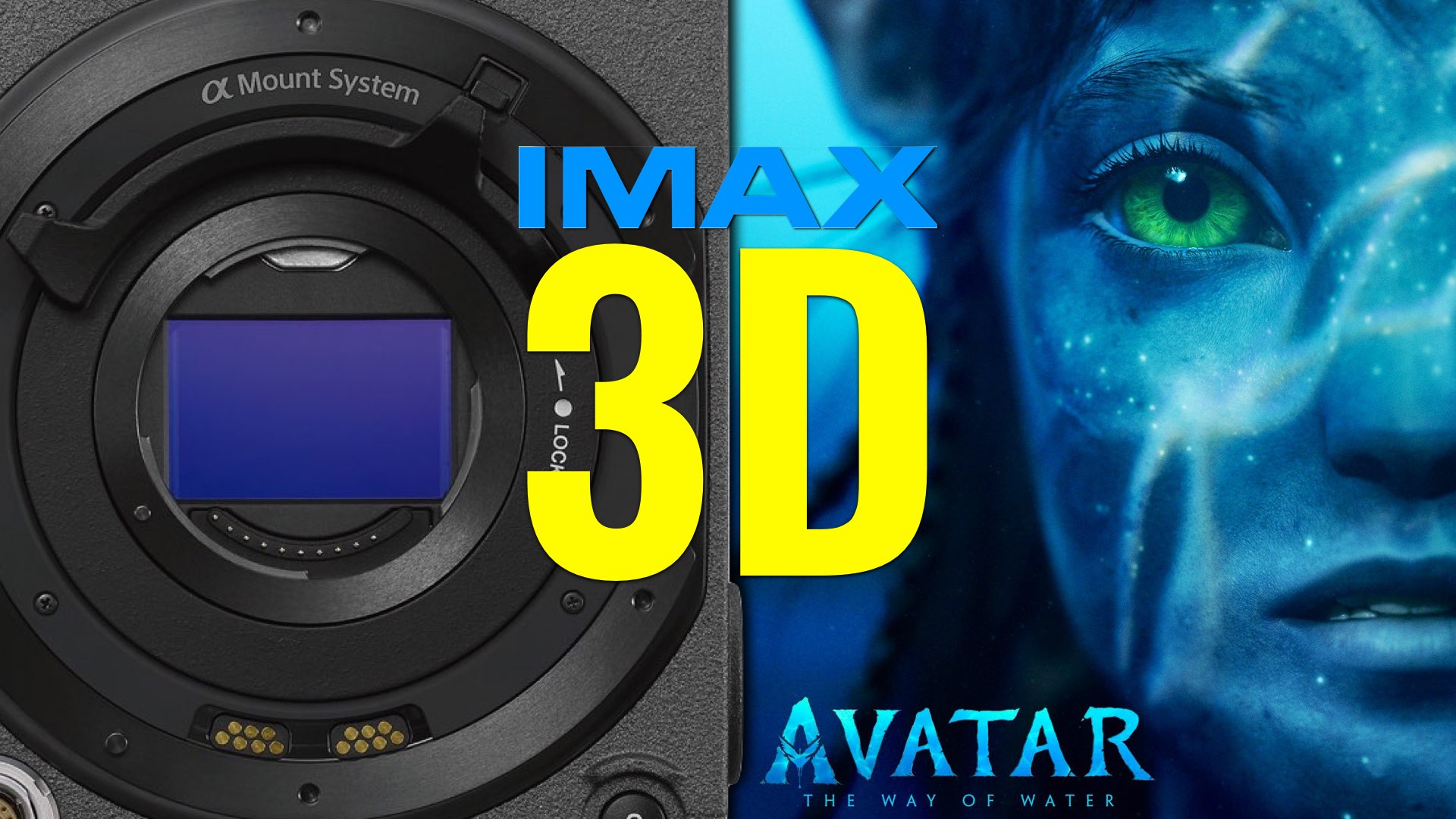
Less cinematic – more immersive. That’s Avatar 2. A whole new different movie experience. And it’s gorgeous.
3D makes a comeback
James Cameron insists on producing 3D movies. “I want people to really get in there and feel like they’re there, on a journey with these characters” he said and added: “We experience the world through stereoscopic system…visual system (we all have two eyes) and when you see stereo, it triggers regions at the brain that make you feel that you really there…. We want to take you to Pandora and feel it, and smell it, so you can go on a real journey, and 3D imaging helps with that…People want to go to the cinema and have a full experience, not 90%, but 100%.”. Well, he’s right. The first Avatar revolutionized 3D screening, as it justified the hassle of the 3D glasses during the very long movie. As for Avatar 2, you need to wear those clumsy glasses for more than 3 hours. Is it worth it? Yes, it is!
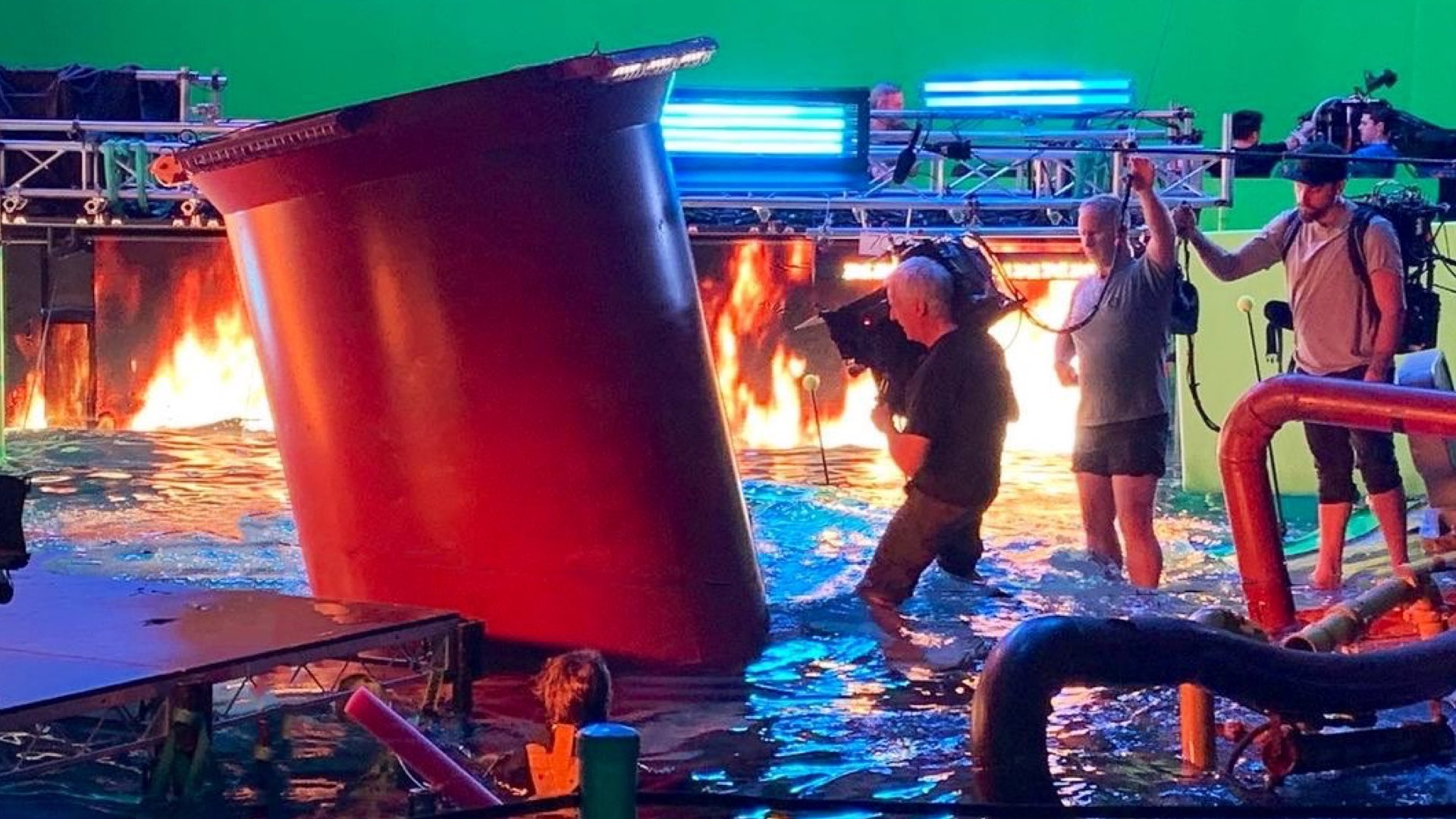
We don’t believe we’re saying that, but those 48 frames per second actually positively contribute to the whole viewing experience.
Avatar 2: A significant step up from Avatar 1
Avatar 2 was shot with a more advanced methodology compared to the first Avatar. The image is cleaner and sharper. There’s higher HDR, even the motion is more precise. Everything is better, imagery-wise. Furthermore, there’s a lot of HDR in 48 fps. James Cameron has said that he looked into shooting the Avatar sequels at a higher frame rate (48 fps and above) which, as he stated, takes the glass out of the window to reality. At first, he opted out of this option, saying that as groundbreaking as the format is for cinema, moviegoers have always been used to a specific way to view films (24 fps), and altering that in any way would simply take the audience out of that experience. Nevertheless, most of the Avatar 2 is screened at 48 fps, not just the action sequences. And that’s the secret sauce of the movie. We don’t believe we’re saying that, but those 48 frames per second actually positively contribute to the whole viewing experience.
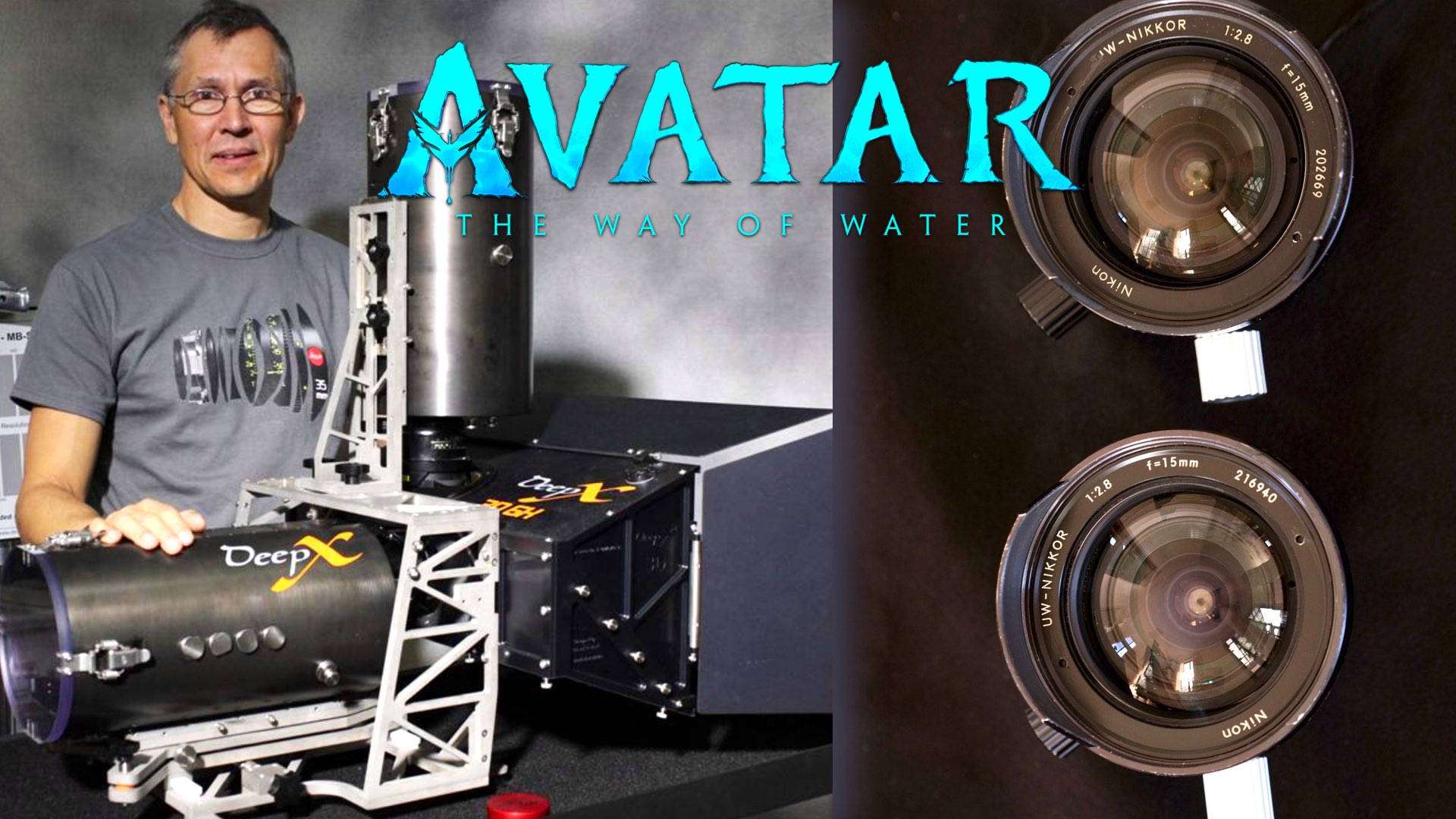
Indeed, in our opinion, the HFR improves the feel of 3D, makes it more beautiful, and prevents eye fatigue, which is essential for a three-hour movie.
HFR to improve the 3D
In regard to the remastered version of Avatar 1, James Cameron said: “High frame rate is available; We’re using it as an authoring tool to improve some of the 3D, but we’re not just broadly applying it as a format”. Cameron emphasized that HFR was applied sparingly. “We created new 48 frames-per-second inter-frames to smooth out some of the strobing and some of the rapid cameras moves – during the viperwolf chase, the Thanator chase, things like that – to improve the stereoscopic experience”. But again, in Avatar 2 almost this whole masterpiece was an HFR. Indeed, in our opinion, the HFR improves the feel of 3D, makes it more beautiful, and prevents eye fatigue, which is essential for a three-hour movie.
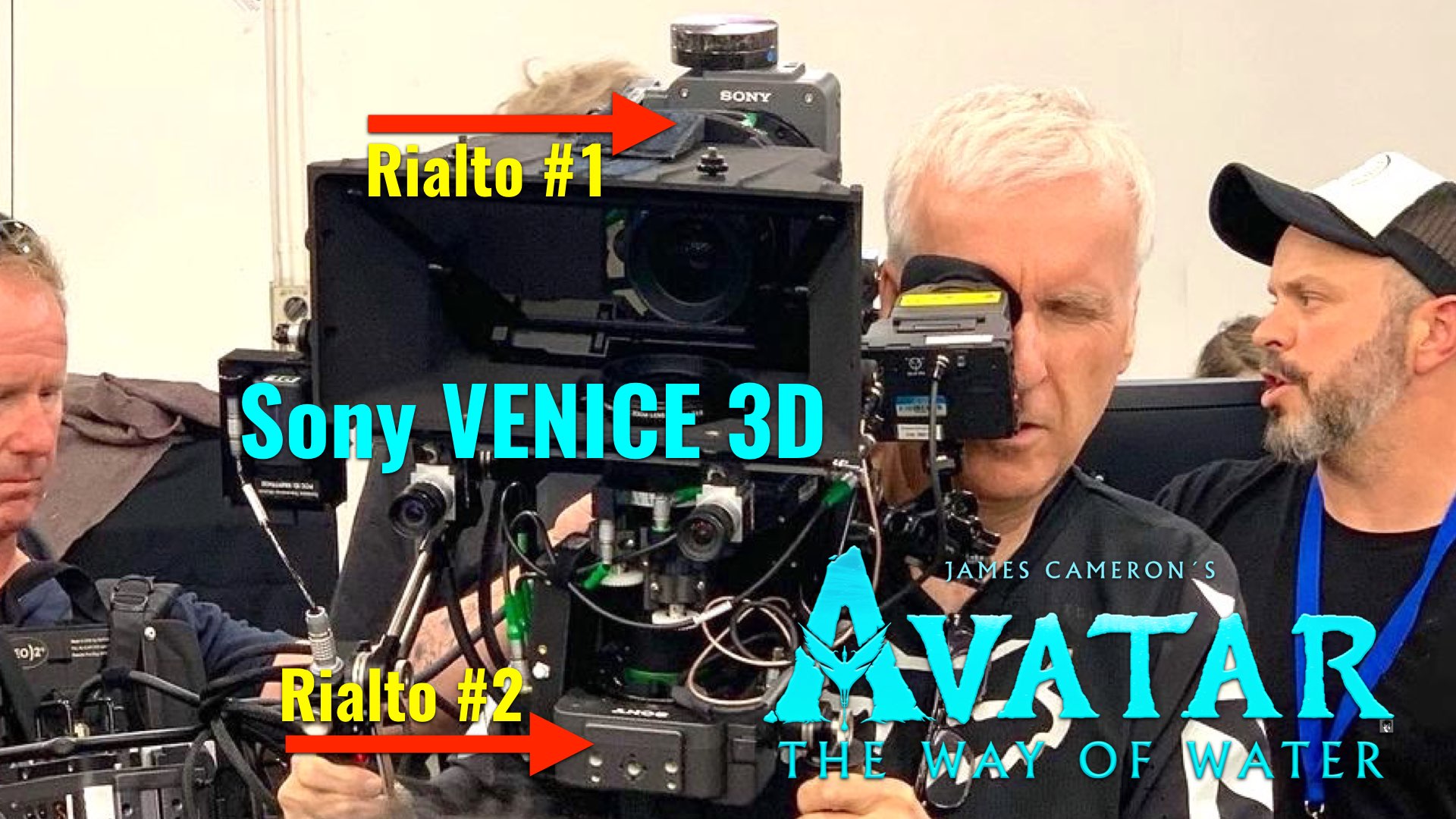
HFR helps to mitigate eye fatigue when wearing 3D glasses, because of reduced motion blur.
Mitigate the 90 minutes limitation
James once said that 10 years ago, there was a limitation regarding the duration of 3D movies which were limited to 90 minutes. That was because of the 3D glasses. The studios’ thoughts that moviegoers would feel uncomfortable wearing 3D glasses for the entire movie. However, they were wrong. According to Cameron, when the movie is good and immersive, the audiences forget about wearing those 3D glasses. That broke the time limitation which allowed the expansion of the duration of the 3D movies to more than 150 minutes. Moreover, besides the story, HFR helps to mitigate eye fatigue when wearing 3D glasses, because of reduced motion blur. As for the cinematic look derived from 24 fps, HFR balances that allowing the audiences to feel more comfortable and immersed during the long movie. BTW, explore this new BTS video of avatar 2:
Conclusion
If you want to watch a movie in 3D, choose HFR, and vice versa. It seems that this combination will grant moviegoers that optimal experience. HFR reduced eye fatigue by making the motion more natural and realistic. As for the 3D, it takes the un-cinematic look derived from 48 fps and makes it more immersive. Less cinematic – more immersive. That’s Avatar 2. A whole new different movie experience. And it’s gorgeous, especially on IMAX 3D HFR.
If you’re a fan of filmmaking and want a very special gift, you should check out our super unique Y.M.CINEMA 65 which is a one-of-kind stainless steel model of motion picture 65mm film cinema camera. It was meticulously designed and manufactured by us, and with a pure love for motion pictures. The Y.M.CINEMA 65 can be purchased at our 65 STORE (free shipping to the US), or on AMAZON, for a modest price of $34.95 USD.

